Middle School
Our rigorous multi-disciplinary curriculum draws on more than 100 years of Waldorf educational philosophy to meet the needs of 21st century global citizens.
A Day at BWS
The Main Lesson
Main lesson occupies the first two hours of each day. Lessons are structured in blocks of three to four weeks, allowing class teachers to engage in multiple subjects with depth and flexibility. Blocks rotate so that students engage in a layered study of material. Throughout the year, students build main lesson books. These books serve multiple purposes. Students leave with a record of the learning process, an object for further study, and an artistic work that reflects their growth and development. Main lesson books give students a chance to work on a long-term scholarly task in the context of developmentally appropriate curriculum. Visual interpretations of subject material sit alongside clear, informative writing. Main lesson also provides an opportunity for class teachers to lead students in their journey though foundational knowledge. Ongoing instruction in reading, writing, and math make up the rest of a main lesson.
Language Arts
Teachers infuse language arts work into each subject in main lesson. Students analyze documents from different historical eras, read poems and stories from a wide range of cultures, and translate their scientific observations into detailed reports. Consistent work on vocabulary and grammar continues. Students develop higher-order writing skills through a combination of formal essay work and creative writing units, often drawing on their personal narratives to begin developing an original voice.
Math and Science
Middle school students use their foundational math knowledge to build more complex, abstract skills. Their investigation of geometry leads to dimensional equations. Number theory expands as students discover negative and irrational numbers. Students continue to translate word problems with real-world significance into mathematical language, arriving finally at the algebraic function. Visual integration via graphs and charts is key for Waldorf teachers, as an integrated understanding of the physical basis of math guides students throughout their learning.
Waldorf curriculum focuses heavily on the twin bedrocks of scientific inquiry: observation and experimentation. Our master teachers build abstract knowledge atop this edifice. As students approach high school, they are prepared to use logical thinking and mathematics to discover and master advanced scientific thinking. Students move through scientific disciplines in a cyclical fashion through main lesson blocks. This integrated approach that knits together a cohesive picture of human knowledge about the physical world. Students often investigate scientific phenomena through an interdisciplinary approach: guitars become models of acoustic phenomena and vibrating energy; daily breakfast becomes an introduction to organic chemistry.
History and Social Studies
Though Waldorf teachers always infuse their lessons with narrative, history lends itself to the telling of stories. Biographies of important figures add character and depth to the vast historical ground students cover, and engagement with methods of artistic production helps to immerse students in the specific material conditions of different eras. History is also a natural subject for integrated learning: scientific and mathematical discoveries are important pit stops on the student’s journey through time. Social studies blocks encompass a wide range of material, from geography to religion. As a complement to history, students compare cultures, studying the interaction of ecology and social organization.
Movement, Music, and Arts (Fine, Practical, and Performing)
In addition to the class plays, middle school students participate in orchestra and chorus. The Middle School Chorus is a hands-on class designed to teach the basics of choral singing and musical literacy through the study of diverse repertoire, music theory and music history. All students in grades 6, 7 and 8 continue playing a string or woodwind instrument, participating in orchestra and performing in ensemble and solo concerts throughout the year. Grades 6, 7 and 8 combine to form one orchestra called the Claver Castle Orchestra.
Class Projects and Trips
Middle school students participate in several dynamic and diverse trips outside of our school walls. Immersive experiences in nature offer fresh insights and new challenges. Middle school concludes with a final project, which students work on over an extended period of time in their final year.
Spanish & Mandarin
At the Brooklyn Waldorf School, students learn Spanish and Mandarin through dramatic storytelling. These stories teach vocabulary and grammar, while also engaging our students in a basic study of other cultures. In addition to developing their linguistic abilities, our narrative-based curriculum also teaches students to infer meaning through context clues. The skills gained through our language studies help to enrich students’ other studies.
High School Placement
BWS students have enjoyed acceptance to and enrollment in a diverse range of high schools that include some of the most selective public, independent, parochial and boarding schools in the city and region.
Preparation for the competitive NYC high school process is integrated into the middle school regular school-day activities. Students are gradually introduced to and practice standard test taking and related skills.
The high school advisor begins working with families and students in Grade 7 to prepare them for and assist them through the multi-step NYC high school process.

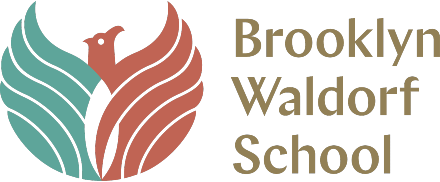
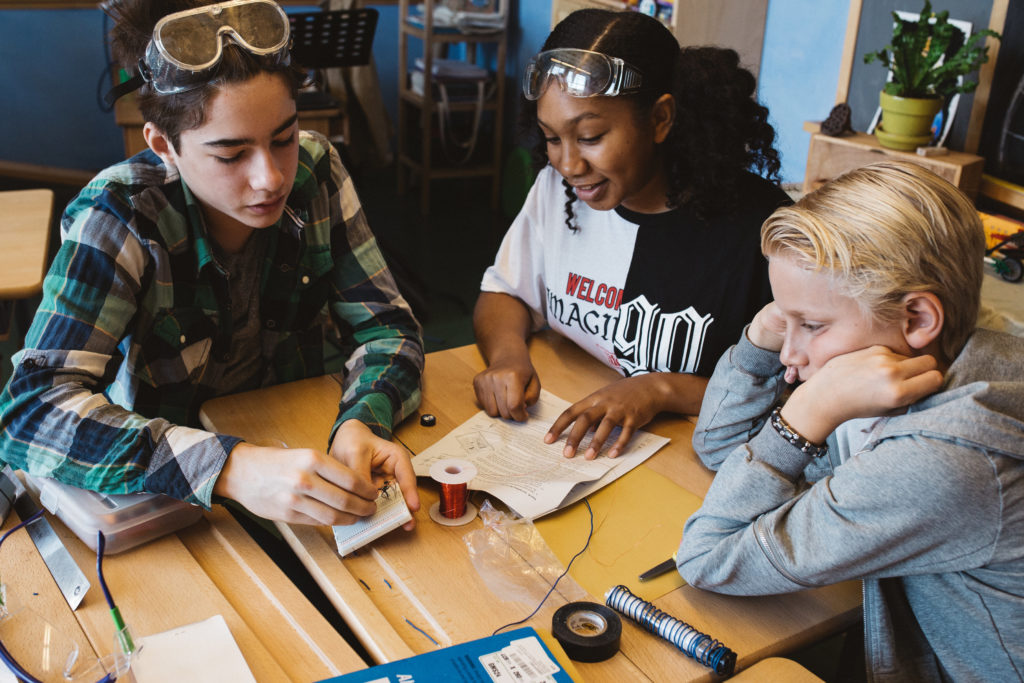
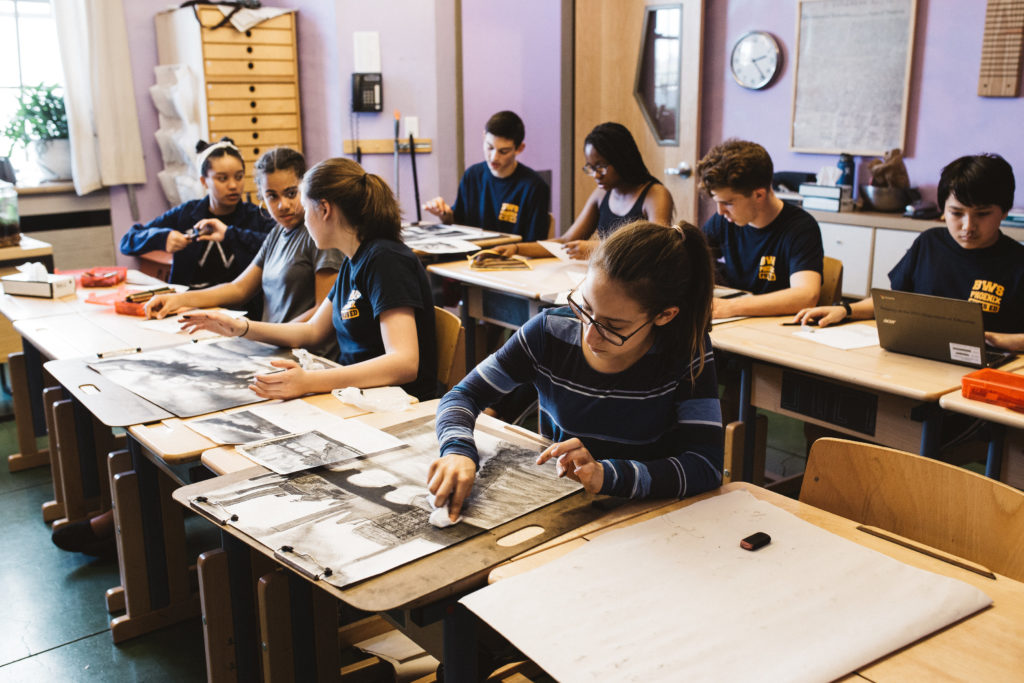
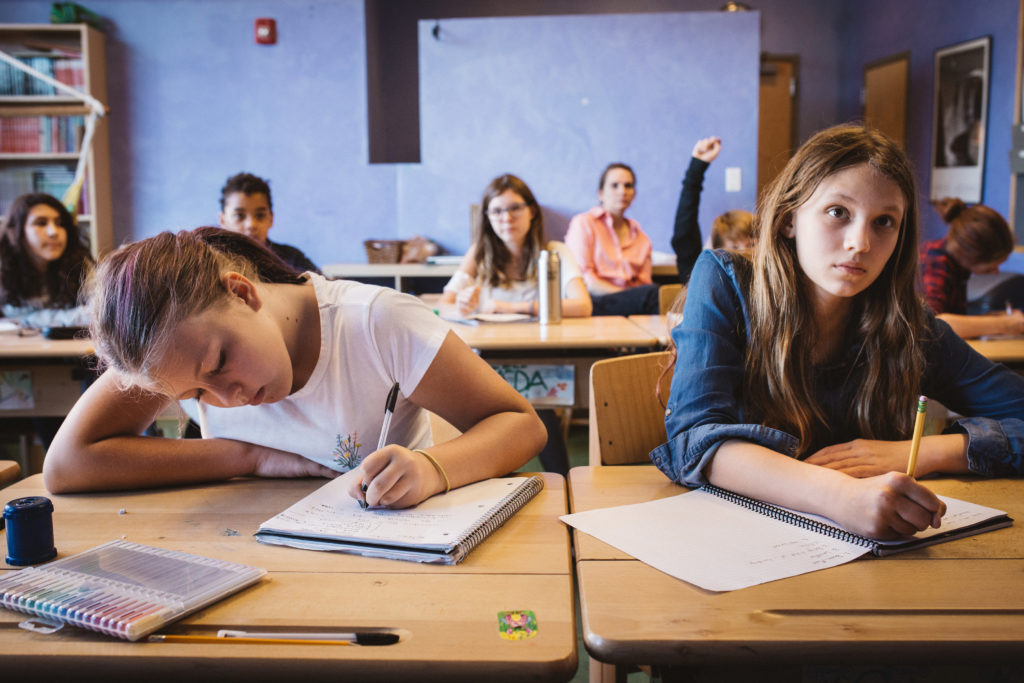
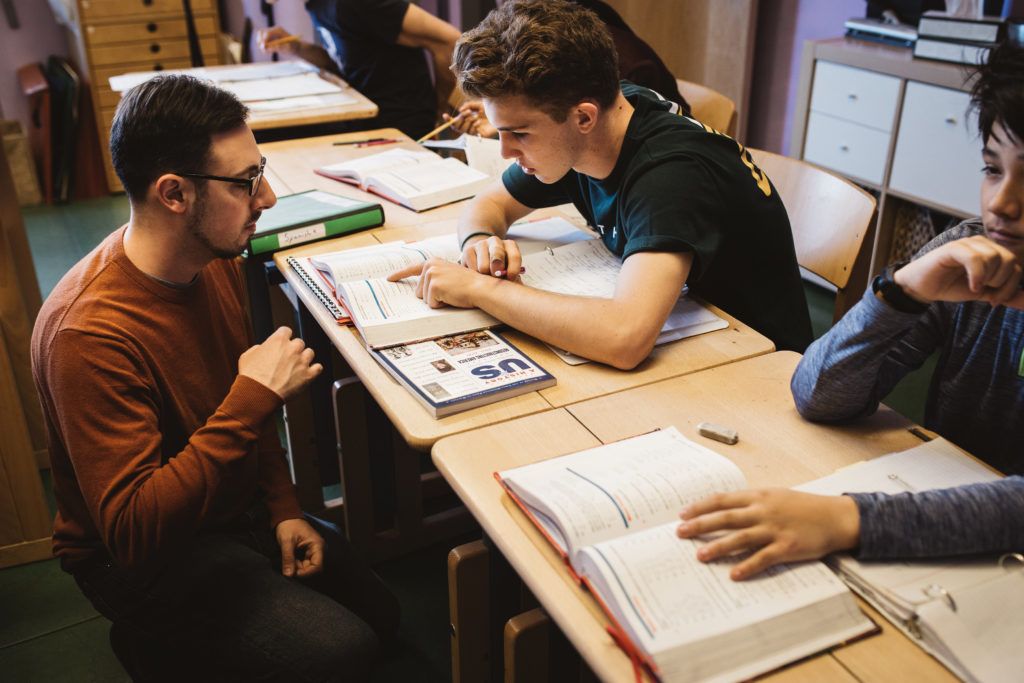
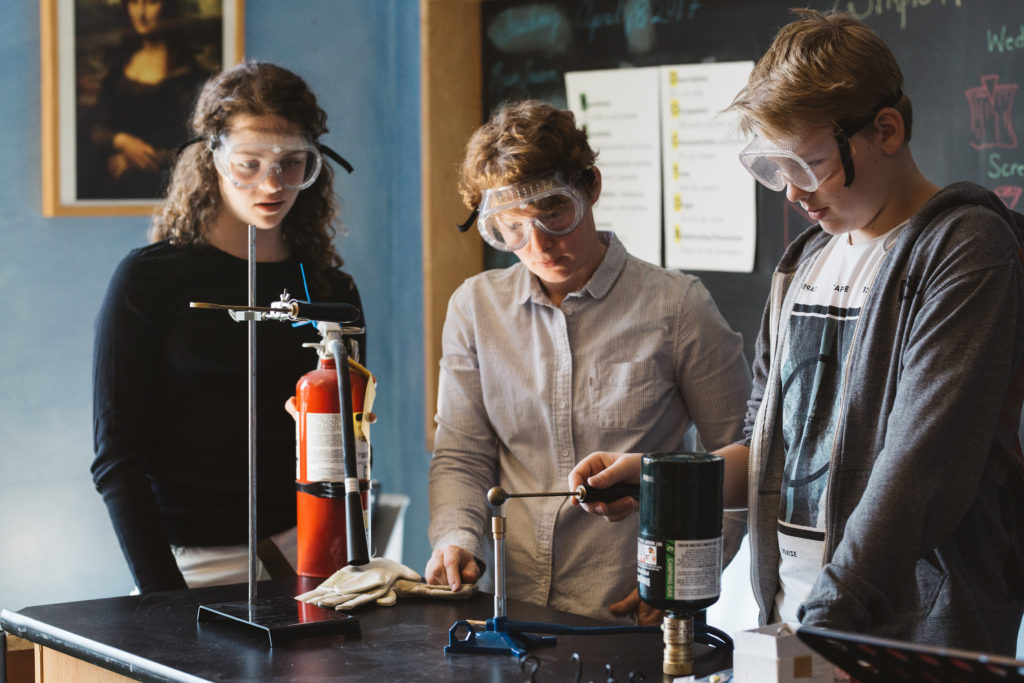
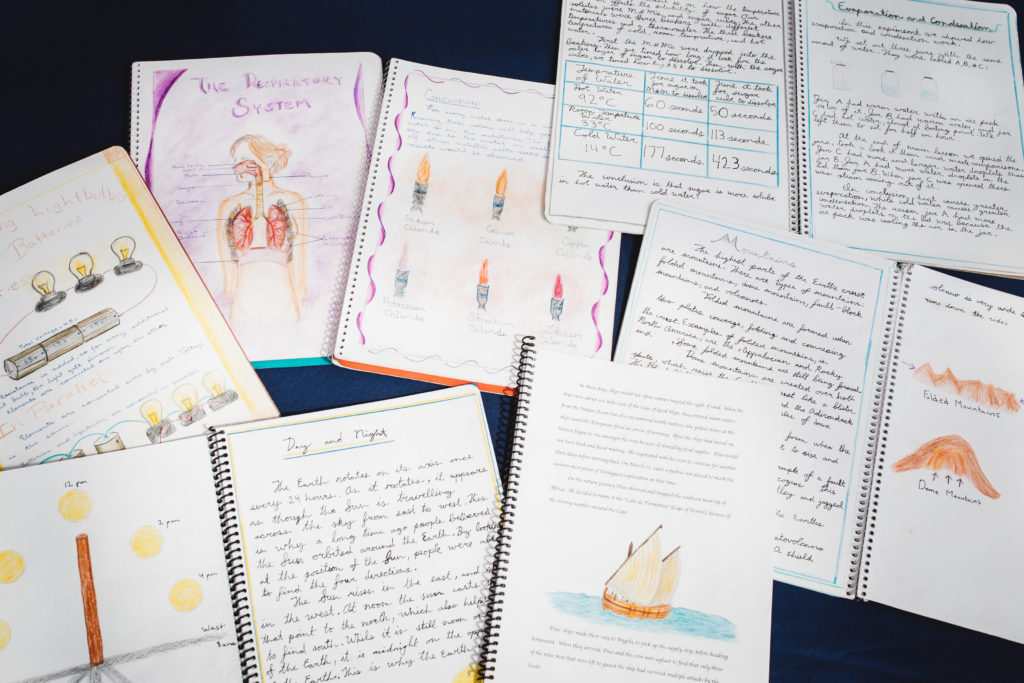
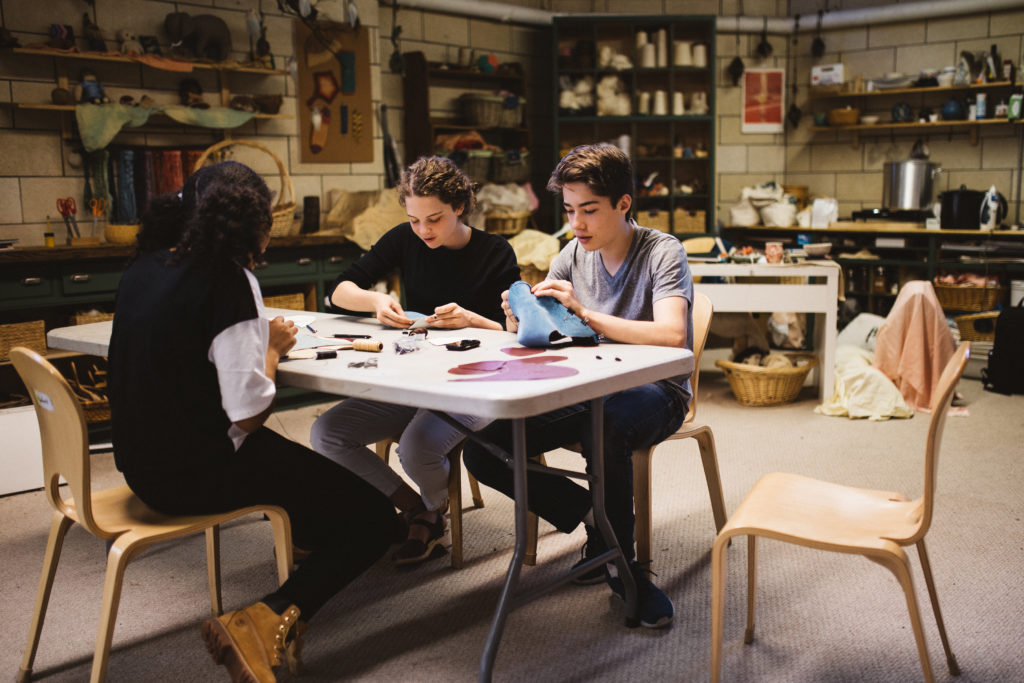
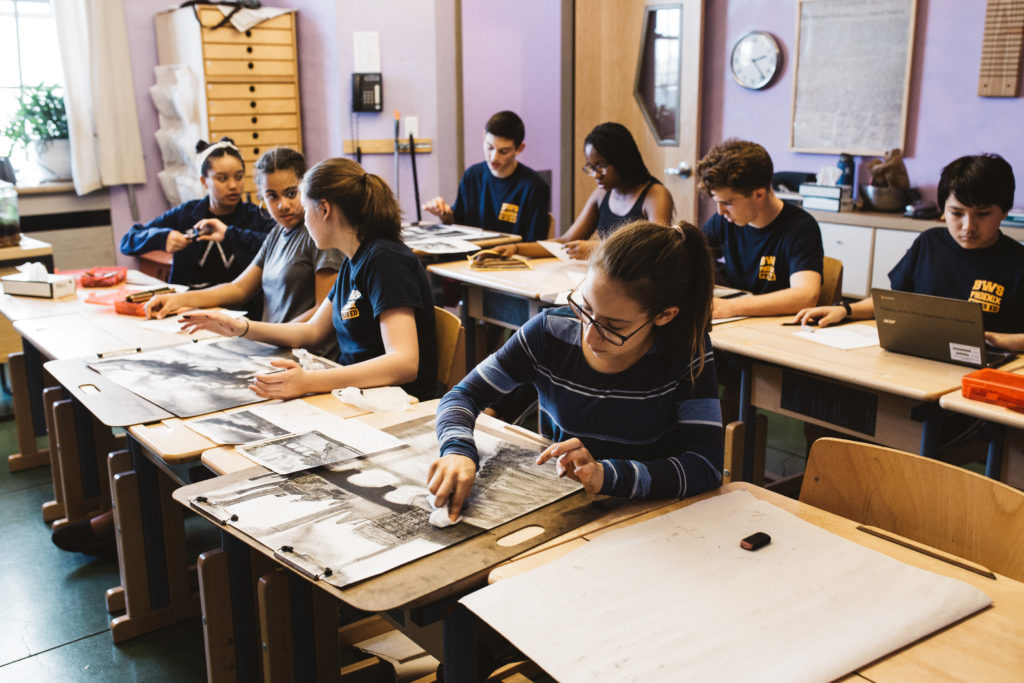
![[Icon] Open house](https://www.brooklynwaldorf.org/wp-content/uploads/2019/06/openhouseimage.png)
![[Icon] Apply](https://www.brooklynwaldorf.org/wp-content/uploads/2019/06/applyimage.png)